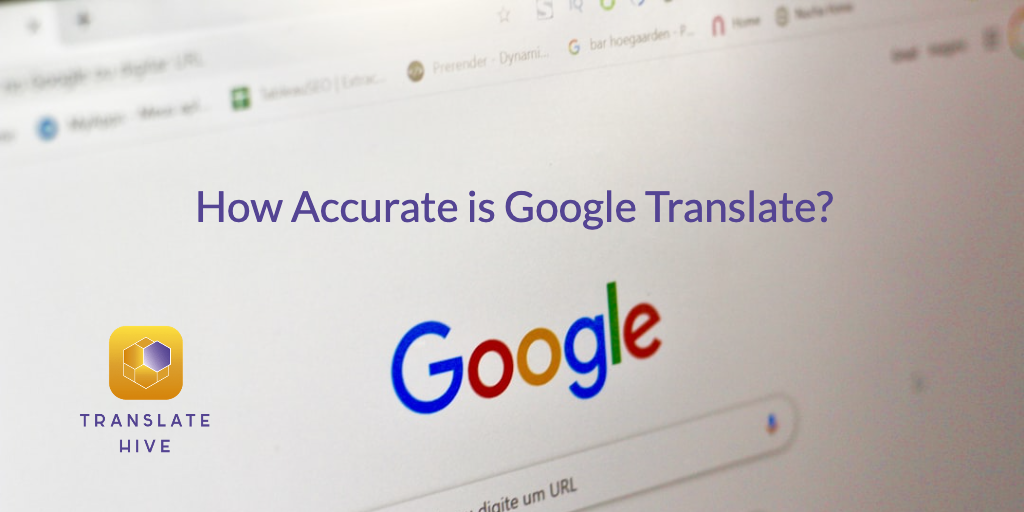Why would we use human translators as opposed to Google translate? After all it’s fairly good at translations, but what if 100% translation accuracy is required, for example when translating legal, technical or medical records. We explore how it developed and where it is today in the age of AI assisted translation.
Upon its debut in 2006, Google Translate employed statistical machine translation to render immediate translated text, marking a significant advancement in translation technology. Initially, this approach proved effective for concise phrases, leveraging word-for-word translation. However, it soon became apparent that this method faltered with longer, more complex sentences, leading to inaccuracies and at times, nonsensical & funny translations.
In an effort to address these limitations, Google introduced a groundbreaking innovation in 2016 with the development of Google Neural Machine Translation (GNMT). This new framework represented a paradigm shift in machine translation, focusing on understanding the overall meaning of sentences rather than merely translating individual words. This advancement substantially improved the quality of translations, incorporating nuances such as slang and colloquial expressions. Remarkably, this evolution reduced translation errors by an impressive 55% to 85% across numerous major language pairs, signalling a significant leap forward in machine translation capabilities.
Despite these advancements, studies highlight the limitations of Google Translate, particularly when handling complex phrases. A 2014 study revealed only a 57.7% accuracy rate for Google Translate when translating intricate medical phrases. Furthermore, a subsequent study by the UCLA Medical Center in 2021 noted that while Google Translate maintained the overall meaning in 82.5% of cases, the accuracy fluctuated widely across different languages, ranging from 55% to 94%.
These findings underscore the inherent challenges faced by machine translation systems in achieving complete accuracy, especially in specialised or nuanced contexts. While Google Translate has undoubtedly made remarkable strides in improving machine translation, it is evident that human translators, with their ability to comprehend context, cultural nuances, and the subtleties of language, provide a level of accuracy and reliability that currently surpasses that of machine translation systems like Google Translate.
This conclusion highlights the invaluable role of human expertise in ensuring precise and nuanced translation, particularly in legal, medical and technical fields requiring a high degree of accuracy and understanding.
